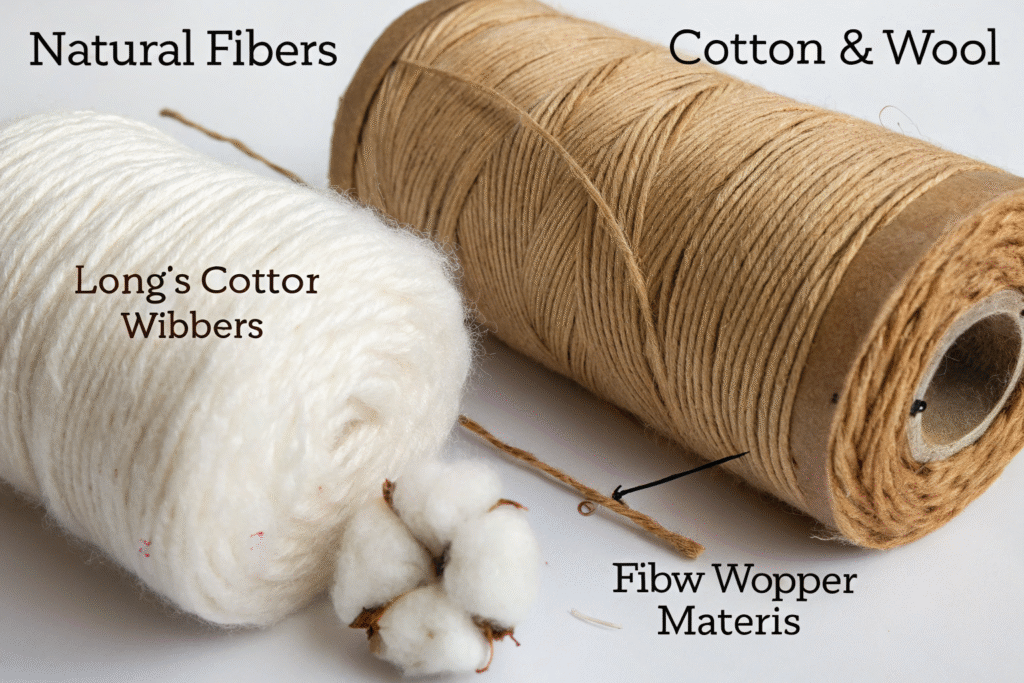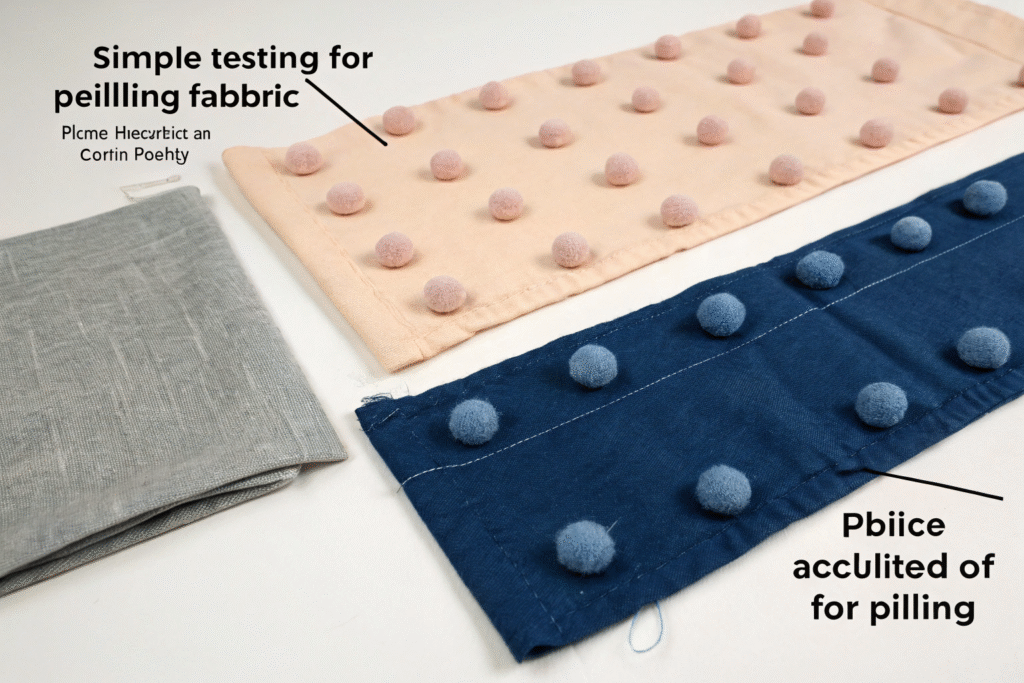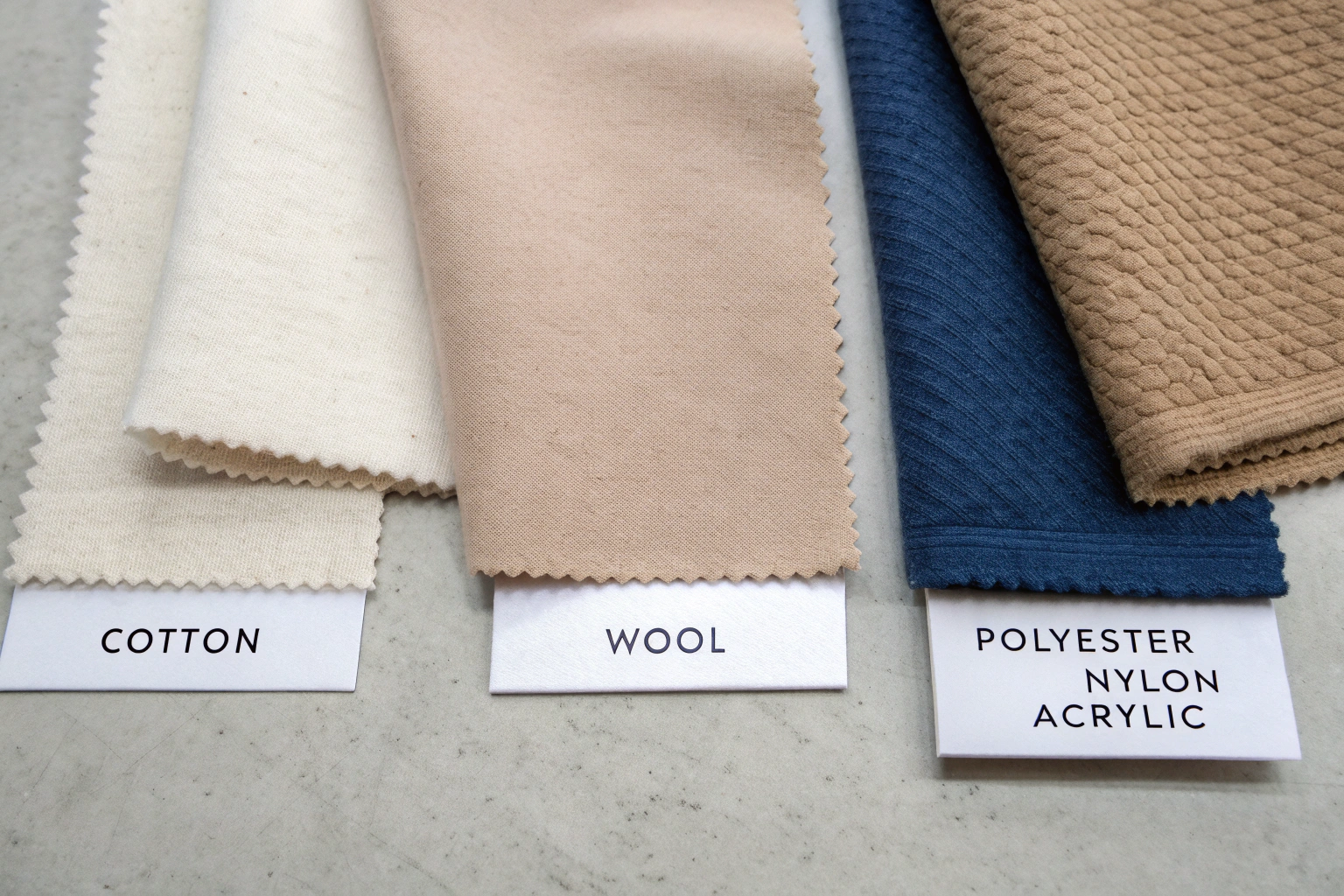Pilling is one of the most frustrating issues with fabric durability, as it can make high-quality garments look worn and old before their time. Understanding which fabrics are more resistant to pilling and how to test this phenomenon can help you make better decisions when selecting materials for clothing, upholstery, and other textile projects. In this article, we'll explore fabrics that pill the least and offer guidance on how to test for pilling to ensure longer-lasting quality.
The propensity of a fabric to pill depends largely on its fiber composition and construction. While some fabrics are designed to resist pilling, others are more prone to it due to their fiber structure. Natural fibers like cotton and wool are more susceptible to pilling because of their shorter fibers, whereas synthetic fibers such as polyester, nylon, and acrylic tend to pill less. The fiber type, weave, and finish of the fabric all play a role in its resistance to pilling.
Now that we have a basic understanding, let’s dive into the fabrics that resist pilling the best and discuss how you can test for pilling resistance to make sure your chosen fabric holds up over time.
Which Fabrics Pill the Least?
Fabrics that are tightly spun, smooth, and made from long fibers generally resist pilling better than those with shorter or looser fibers. Synthetic fibers often outperform natural fibers in terms of pilling resistance, though there are also some natural fabrics that do better than others.
Fabrics made from synthetic fibers like polyester, nylon, and acrylic are known for their low pilling tendency. These fibers have smooth surfaces that help prevent the entanglement of fibers, which is a common cause of pilling. Blended fabrics, such as polyester-cotton mixes, also tend to be more resistant to pilling because of polyester’s durability combined with cotton's softness. Additionally, tightly woven fabrics like denim or twill are less likely to pill, thanks to their dense construction.
Natural fibers, including cotton and wool, are more likely to pill due to their shorter fibers and moisture-absorbing properties, which cause fibers to rub against each other. However, tightly spun cotton or long-fiber wool can reduce the chances of pilling compared to those made from short fibers or low-quality spinning techniques.

What Fabrics Are Most Resistant to Pilling?
Polyester, nylon, and acrylic fabrics show the least pilling, with polyester standing out for its durability and resistance. Fabrics made from tightly woven fibers, such as denim or high-quality twill, are also less prone to pilling.
How Do Blended Fabrics Impact Pilling Resistance?
Polyester blends, such as poly-cotton mixes, are typically more resistant to pilling than fabrics made from 100% natural fibers due to the strength of synthetic fibers combined with the softness of cotton.
How to Test Pilling Resistance?
Testing for pilling resistance can be done in various ways, from simple methods at home to more technical, standardized testing. Knowing how to properly test pilling resistance will help you evaluate the durability of fabrics before making a final decision.
One simple method of testing fabric for pilling is to rub the fabric against itself or another piece of fabric. This simulates the friction the material will experience during normal use. If pilling occurs after rubbing, it indicates that the fabric is more likely to develop pills with continued use. For more precise testing, a pilling tester can be used to simulate continuous friction, providing a standardized measure of the fabric’s resistance to pilling.
When performing a pilling test, observe the formation of small, tangled balls of fiber (pills) on the fabric surface. The more pills that appear after friction, the more likely the fabric will pill with normal wear. For more accurate results, equipment like the Martindale Pilling Tester or ASTM D4970 can be used, which tests a fabric’s abrasion and pilling resistance.

How Can I Test Pilling at Home?
At home, you can test pilling by gently rubbing the fabric against itself or by washing it with other fabrics in a laundry cycle. Observing how the fabric behaves after this friction can give you a good idea of its pilling resistance.
What Are Standardized Pilling Tests?
The Martindale Pilling Tester and ASTM D4970 are widely used methods for assessing pilling resistance in fabrics. These tests simulate prolonged friction and provide objective data on fabric durability.
Conclusion
Understanding which fabrics are less prone to pilling and how to test for it can save you time and money, ensuring your fabric selections last longer. Synthetic fabrics, such as polyester, nylon, and acrylic, are the least likely to pill, making them great options for durable, long-lasting textiles. Additionally, tightly woven fabrics and blended materials tend to perform better in pilling tests. Testing pilling resistance through simple at-home methods or more advanced standardized tests will help you choose the best materials for your needs.
For assistance in selecting fabrics with high pilling resistance, Fumao Fabric offers a range of durable options for clothing and upholstery. Our team is ready to guide you through your fabric choices. Contact our Business Director, Elaine, at elaine@fumaoclothing.com to explore our fabric options and how we can support your project.










